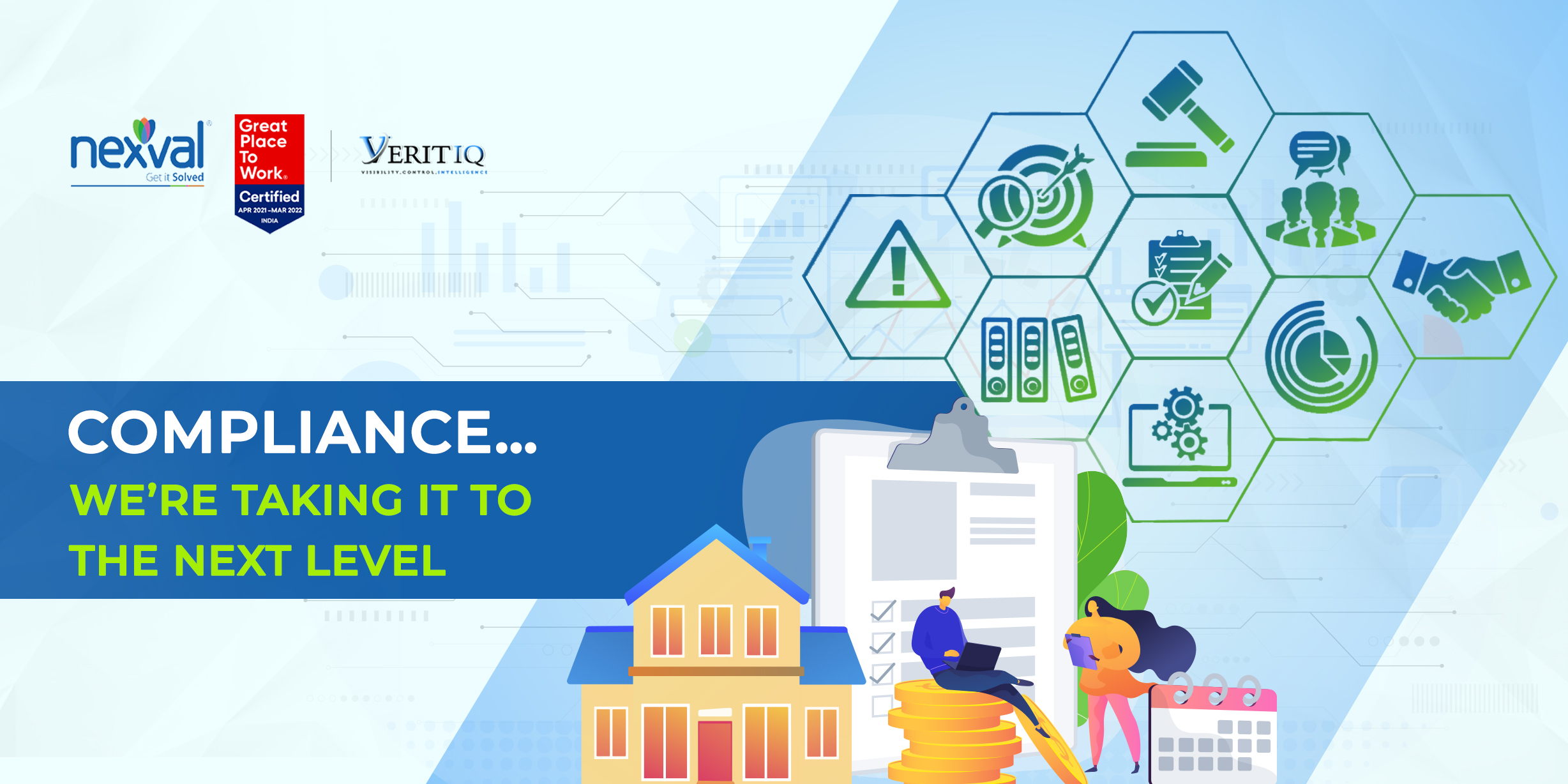Every day there are new acronyms created. But in the software industry, the world of Regulatory Compliance and Risk seems to keep Miriam Webster even busier. Compliance doesn’t end with federal agencies who continually keep an eagle’s eye on every step we take; it goes on infinitely, ever-changing, and ever-evolving. In an effort to streamline the processes attached to these regulations, we often take shortcuts in our phraseology.
Businesses, such as banks, insurance companies, mortgage companies, and lenders are realizing hefty fines and penalties for non-compliance, causing companies to budget serious dollars necessary to manage the risks. This new focus on mitigating all sorts of risks is called CaaS (Compliance as a Service).
Most of us are very familiar with SaaS (Software as a Service), but not as familiar with the compliance surrounding cloud computing that reaches out to touch the entire compliance world. There is actually a fairly long list of newcomers to the acronym universe. As technology evolves in cloud computing, companies are seeing a greater need for aids to help them keep laser-focused on compliance and the associated risks. With the increased level of risks, comes the need for technology to take the wheel.
On June 22-24, 2021, the American Bankers Association is hosting a Virtual Conference on Regulatory Compliance. One of the featured topics is Innovation and Automation; Understanding the Role in Product and Service Delivery and Regulatory Compliance Obligations; and Technology Planning and Managing for the Future in Compliance Management. Over the past 15 months, as all lending transactions went virtual, the mortgage and banking industry has become even more aware of the critical nature of Data Governance. How do we carry out Consumer Privacy Compliance, especially in a SaaS environment? How does CaaS play an important role as we move forward?
So, what exactly is Compliance as a Service (CaaS)?
Compliance as a Service(CaaS) is a framework that enables companies to outsource roles, figures, and skills needed to implement and maintain compliance, to facilitate and simplify adherence with regulatory requirements.
Why Do Compliance Departments Need it?
- The compliance department is tasked with closely watching that financial services businesses adhere to external regulations and internal controls.
- The 2008 financial crisis led to increased regulatory scrutiny and new regulations leading compliance departments to go from an advisory role to an active risk management role.
- To identify risks that an organization faces and advise on how to avoid or address them.
5 Areas of Compliance Department Responsibility:
- Identification – Some of the major risks for banks and mortgage companies include credit, data protection, third-party vendors, operational processes, market pressures, and liquidity risks.
- Prevention – Some of the best ways to start a prevention program are to keep current on all regulatory changes and by doing internal audits on all regulated areas of the company.
- Monitoring and Detection – Internal monitoring of each department’s key risk areas. Ways to effectively monitor and detect compliance risks are to utilize software that will capture non-compliance of regulations imposed upon your industry. For banking and lending, some of these areas include credit, appraisal, processing, underwriting, funding, escrow, forbearance, foreclosure, and one area often overlooked, “Borrower Communication.” Keeping a close eye on third-party vendors is becoming increasingly important as the industry moves from proprietary software to cloud-based solutions where Data Security is king.
- Resolution – Once weaknesses are discovered, the best way to avoid fines and penalties is to shore up the non-compliant areas of the business. Make sure the software you utilize is capable of reporting at the regulation level. Sampling data based upon regulators’ suggestions, will allow you to run reports daily and keep on top of errors that can lead to fines.
- Advisory – Reporting should be shared with management to advise them of areas of deficiency. An advisory committee should be created to spearhead initiatives to improve performance, compliance, risk management, and quality. All news, good and bad, needs to flow from the top down…..to the departments, teams, and individuals providing the services. Full transparency organization-wide will create a company focused on superior service and streamlined compliance monitoring and reporting.
If your company is seeking products to help your business manage risks associated with compliance, let us know how we can help you. Veritiq, a member of the Nexval group of Companies, offers Quality Control and Quality Assurance products for the mortgage and banking industry. Its flagship product, ARC, is a workflow-enabled, template-based software, providing management with a consolidated, organization-wide view of your Audit, Risk Management & Compliance programs using a single technology.
Find out how software can solve all your compliance and auditing needs. Request a demo by emailing: info@veritiq.com.



